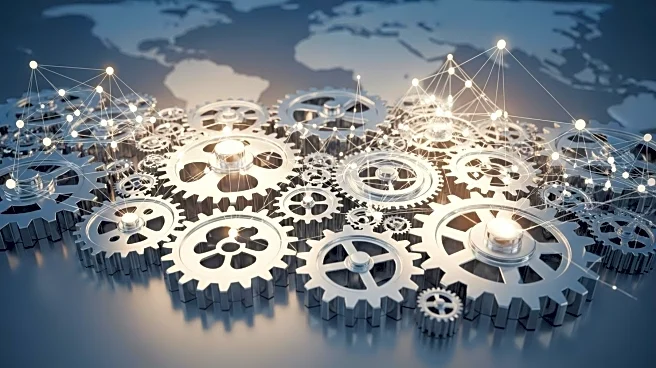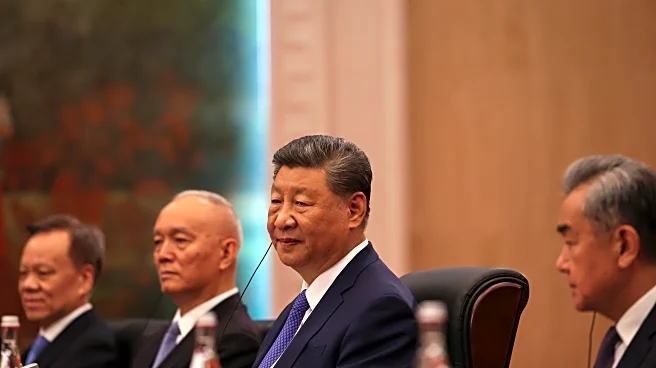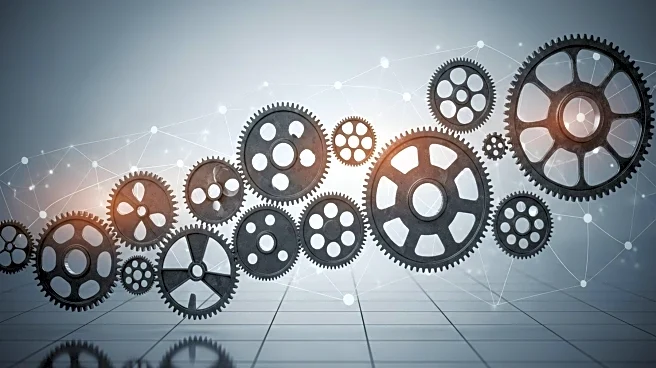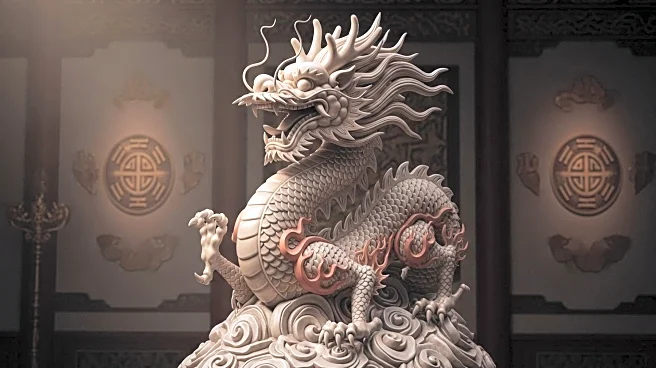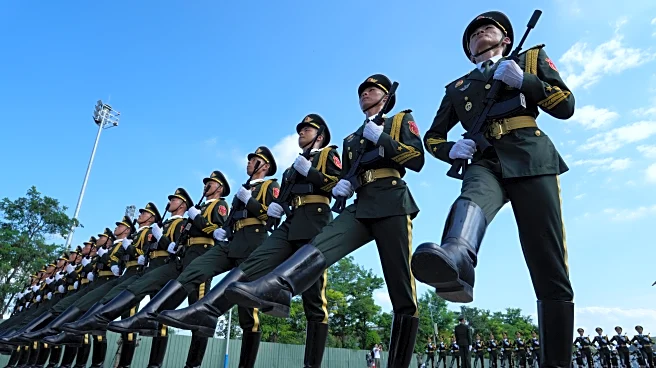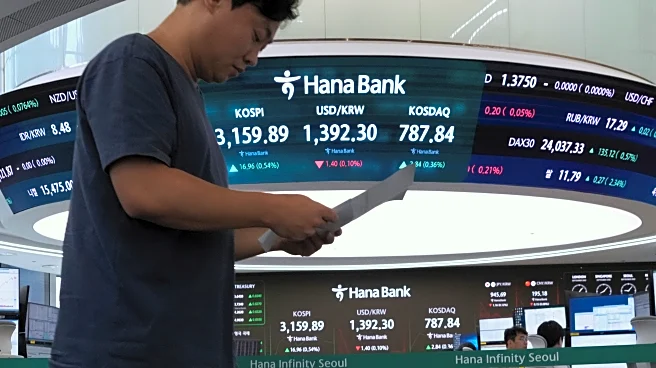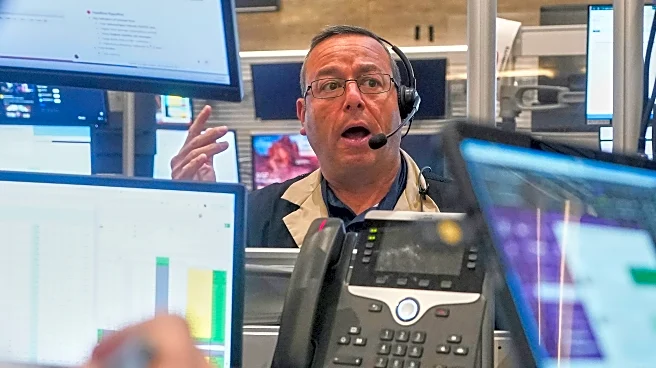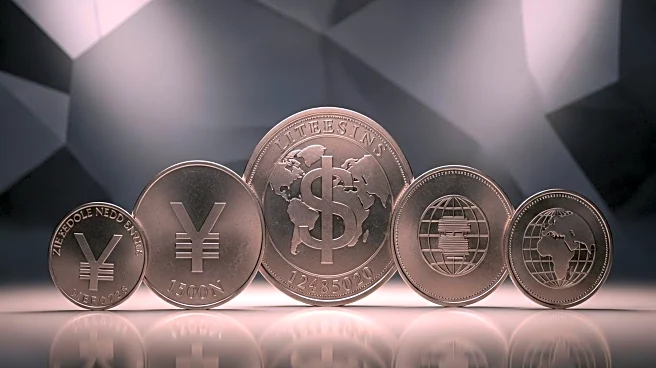What is the story about?
What's Happening?
Best Buy is navigating the challenges posed by the 2025 U.S. tariff environment, which has significantly impacted the retail sector. The company is facing increased import costs and margin pressures, particularly in its electronics segment. To counter these challenges, Best Buy has implemented a strategic shift in its supply chain, reducing its reliance on Chinese imports from 55% in 2024 to 30-35% in 2025. This shift includes increased sourcing from Vietnam, India, and South Korea. Additionally, Best Buy is focusing on domestic manufacturing for high-demand items, such as mobile phones, to mitigate global disruptions and tariffs. The company is also leveraging technology, including automation and AI-driven systems, to optimize inventory and reduce operational costs.
Why It's Important?
The strategic moves by Best Buy are crucial in maintaining its competitiveness in a high-tariff environment. By diversifying its supply chain and increasing domestic production, Best Buy is reducing its exposure to tariff-related risks and aligning with industry trends towards nearshoring. These efforts not only help stabilize margins but also appeal to consumers who prioritize sustainability and value. The company's focus on technology-driven efficiency further enhances its resilience, positioning it as a strong competitor against retail giants like Walmart and Target. Best Buy's ability to adapt to these challenges is vital for its long-term success in a sector where margin stability is increasingly elusive.
What's Next?
Best Buy's future strategy will likely continue to focus on supply chain diversification and technological advancements. The company has set a cautious revenue guidance for the year, reflecting the ongoing challenges posed by tariffs. Investors will be watching closely to see if Best Buy's strategic shifts can effectively offset these headwinds. The company's ability to balance cost absorption with pricing discipline will be key in maintaining its competitive edge. As the retail sector continues to evolve, Best Buy's proactive approach may serve as a model for other companies facing similar challenges.
Beyond the Headlines
Best Buy's strategic shifts highlight broader trends in the retail industry, including the move towards nearshoring and increased domestic production. These changes reflect a growing emphasis on sustainability and efficiency, driven by consumer demand and global trade dynamics. The company's focus on technology and automation also underscores the importance of innovation in maintaining competitiveness. As Best Buy navigates these challenges, its approach may influence other retailers to adopt similar strategies, potentially reshaping the industry landscape.
AI Generated Content
Do you find this article useful?
